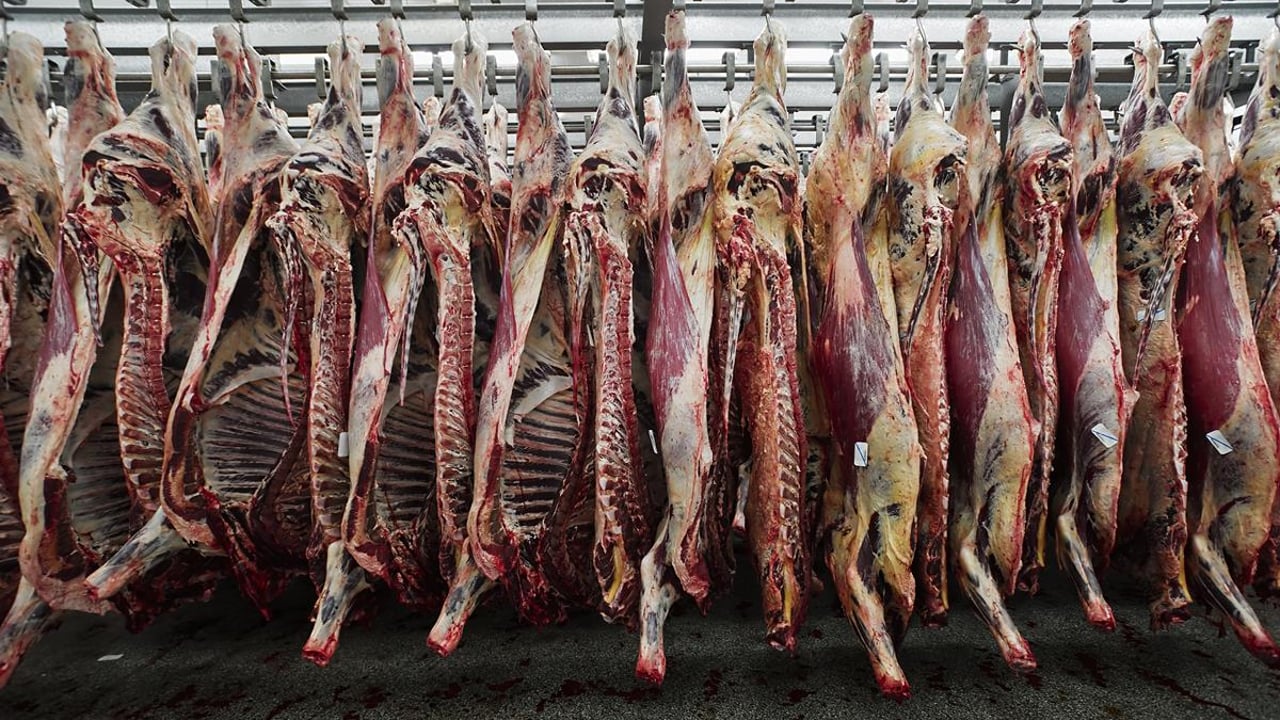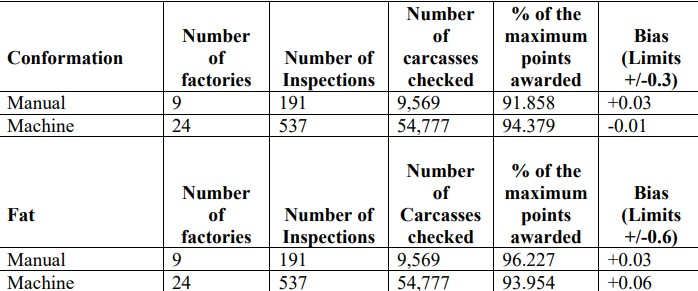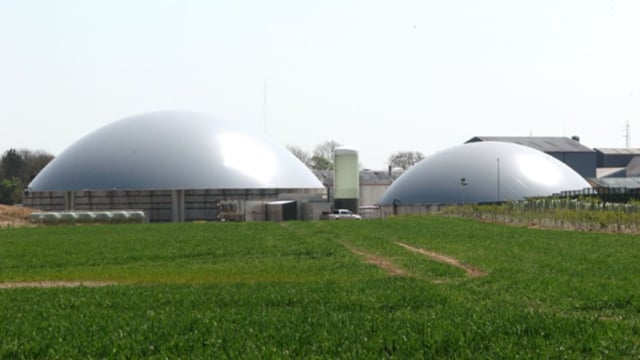How many carcass grading machines were 'turned off' in 2024?
Subject to the result of an inspection from authorised officers, meat factories can be instructed to cease using carcass grading machines for mechanical classification.
At each meat factory inspection, the Department of Agriculture, Food and the Marine (DAFM) stated that authorised officers will inspect approximately 100 carcases in a mechanical plant and 50 in a manual plant. This inspection covers compliance for both grading and presentation.
Where a machine is found operating outside of tolerance, the factory is instructed to cease mechanical classification and to revert to manual grading.
The DAFM has confirmed to Agriland the number of instances between 2021 and 2024 to-date where the carcass grading machine was turned off following an inspection.
Where this arises, the factory must arrange for the classification machine to be serviced.
When this service is completed, the classification section is notified, and classification officers will proceed to conduct a further classification exercise (minimum of 100 carcasses) to confirm that it is in working within the legal tolerances before mechanical grading is allowed to recommence.
Farmers are advised through their remittance dockets where manual grading is applied.
| Year | No. of factories | No. of inspections | No. of instances where machine was turned off |
|---|---|---|---|
| 2021 | 32 | 329 | 3 |
| 2022 | 33 | 625 | 3 |
| 2023 | 33 | 728 | 2 |
| 2024 YTD | 33 | 305 | 1 |
The figures from the DAFM show that there has been one instance in 2024 to-date where a carcass grading machine for mechanical classification has been turned off, following a total of 305 inspections at 33 factories.
A closer look can be taken at the 728 inspections conducted across all factories in 2023. This resulted in checks on 64,346 carcasses over the course of 2023.
The aim of the Beef Carcass Classification Scheme is to ensure a common classification standard throughout the European Union.
This enables the EU to operate a standardised beef price reporting system. From late 2004, most beef carcasses are classified by mechanical means. Department licensed factory employees classify the balance.
Classification information is returned to the supplier by the slaughter plant. Over 90% of carcasses are classified by machine.
Machine classification makes use of video image analysis to carry out various measurements of the carcass.
As the determination of classification in this case is objective, no appeal is possible. In smaller plants, classification is carried out by factory employees who have been licensed by the DAFM.
In these cases, the supplier can appeal the decision of the classifier to the slaughter plant.






